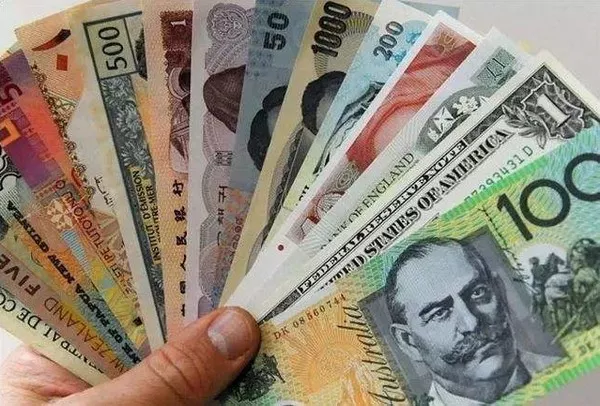The Australian Dollar (AUD) is experiencing a slight pullback on Tuesday after gaining more than 0.50% against the US Dollar (USD) in the previous session. The decline in the AUD/USD pair is attributed to the strength of the US Dollar, which is bolstered by easing global trade tensions.
US President Donald Trump indicated a willingness to reduce Chinese tariffs, while Beijing exempted certain US goods from its 125% tariffs. These moves have sparked optimism that the prolonged trade war between the US and China may soon be resolved. However, Chinese Foreign Minister Wang Yi emphasized on Tuesday that making concessions would only embolden the “bully,” underscoring the importance of dialogue to resolve the dispute.
Despite Trump’s claims of progress and talks with Chinese President Xi Jinping, a Chinese embassy spokesperson denied any ongoing negotiations with the US, asserting that no consultations on tariffs are taking place. The spokesperson urged the US to stop creating confusion surrounding the issue.
With trade tensions fluctuating, traders are now focusing on Australia’s upcoming inflation report, due on Wednesday, which could impact expectations for the Reserve Bank of Australia‘s (RBA) monetary policy. The RBA is widely expected to implement a 25-basis-point rate cut in May, in response to potential economic fallout from newly imposed US tariffs.
US Dollar Faces Challenges Amid Trade Uncertainty
While the US Dollar Index (DXY), which measures the USD against six major currencies, is trading higher around 99.00, it faces challenges due to President Trump’s unpredictable trade policies. These policies have shaken investor confidence in American assets, causing some to turn to alternative currencies such as the Euro. Any escalation in the US-China trade war could further weaken the US Dollar.
In an effort to mitigate the impact of automotive tariffs, President Trump plans to prevent duties on foreign-made cars from stacking with other tariffs and reduce levies on foreign parts used in car manufacturing, according to the Wall Street Journal.
US Treasury Secretary Scott Bessent noted on Monday that while the US government remains in contact with China, it is ultimately up to Beijing to take the first step in de-escalating the tariff dispute, given the trade imbalance between the two countries. Meanwhile, US Agriculture Secretary Brooke Rollins confirmed that daily discussions with China regarding tariffs are ongoing, with trade agreements with other countries also near completion.
Australian Dollar Outlook: Technical Analysis
The AUD/USD pair is currently trading around 0.6420, maintaining a bullish bias as it stays above the nine-day Exponential Moving Average (EMA). The 14-day Relative Strength Index (RSI) is well above the 50 mark, suggesting continued upward momentum.
Immediate resistance is found at the recent four-month high of 0.6439, recorded on April 22. A break above this level could pave the way for a rally towards the five-month high at 0.6515. On the downside, initial support is at the nine-day EMA of 0.6387, with stronger support at the 50-day EMA around 0.6312. A sustained move below these levels could undermine the bullish outlook and lead to further losses, potentially targeting the March 2020 low near 0.5914.
Related Topics:
- Current AUD Exchange Rate: What is $150 AUD in USD?
- Current AUD Exchange Rate: $100 Australian Dollars in Pounds
- Current AUD Exchange Rate: $45 AUD in USD?


